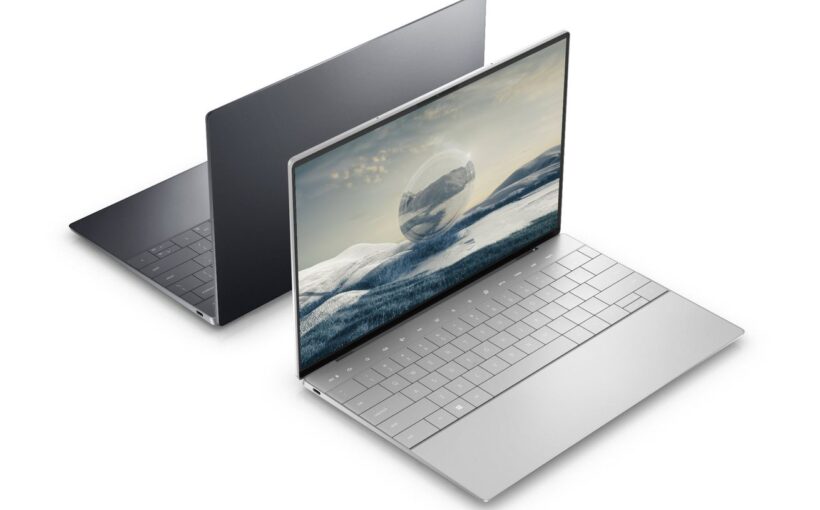The latest XPS 13 is good enough — but no longer good enough to top the market.
The Dell XPS 13 has long been one of the top recommendations for Windows users looking for a MacBook Air alternative. The model I reviewed in 2020 was one of the best gadgets I’ve ever reviewed; everything from the screen to the build to the performance and battery life was exceptionally strong.
Intel’s 12th Gen and 13th Gen processors have made computers like that a bit of a… fantasy. Sure, Apple and AMD are doing a great job on both the power and efficiency fronts. But the XPS is an Intel line through and through, and many of Intel’s 12th Gen offerings have shown themselves to be one-trick ponies in that regard. You can get power from the H-series, you can get (some degree of) efficiency from the U-series, or you can get… some of both, I guess, from the middle-of-the-road P-series.
In turn, Dell has split up its XPS 13 line. You can get XPS 13 Plus, a P-series OLED machine that prioritizes power over efficiency. Or you can get the regular XPS 13, a more traditional and slightly cheaper U-series clamshell with a focus on portability and battery life (our model has an MSRP of $1,149, $350 cheaper than similar Plus SKU). If the XPS 13 Plus is for an eclectic and particular power user, the XPS 13 is for, well, everyone else. (The XPS 15 and XPS 17 have 13th Gen options, but 12th Gen is still the word when it comes to the 13-inch clamshell.)
So anyway, I’ve been using the regular XPS 13 for the past few weeks. And, like, it’s fine. It’s just fine. It’s worse than its 2020 predecessor in some ways and better in others. It continues to bring some of the best build quality in the 13-inch space. The display is fine. The speakers are fine. There’s an off-purple color option! It’s certainly one of the best Windows laptops you can buy, and it also doesn’t come close to the performance or efficiency that today’s MacBooks can provide, which says a thing or two about the current state of the Windows laptop space.


